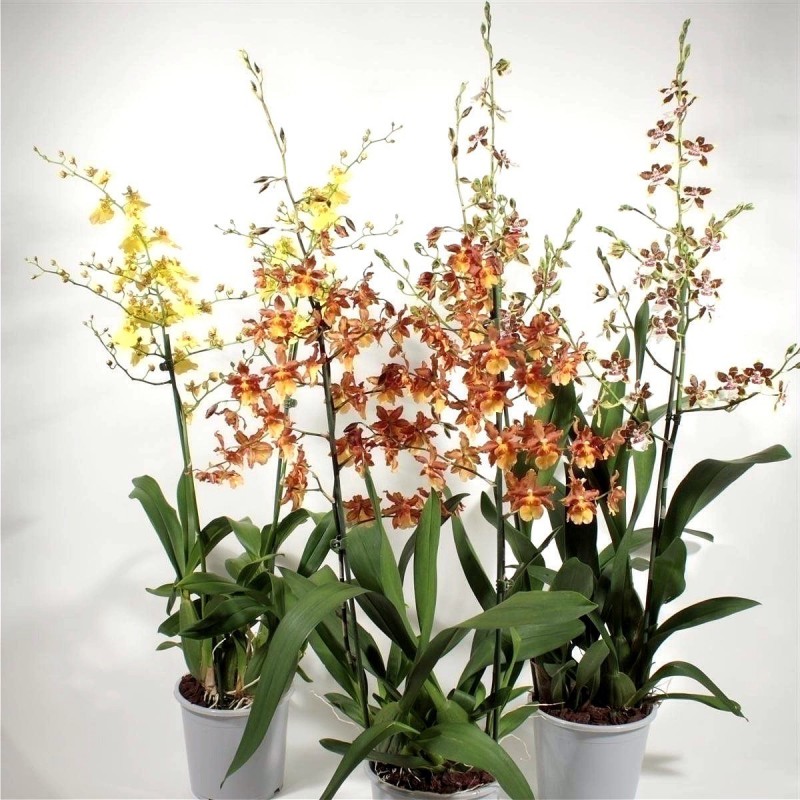






This orchid is a riot of color.
It is called the orchid dancer because of the flowers that "dance" with the slightest breeze of wind, or even orchid tiger for its stripes.
If its aerial roots protruding from the earth, which sprout are not cut and do not throw it away.
In the winter, when you have less light, goes to rest: put it in the coolest place of your home.
The ideal temperature is between twelve and fifteen degrees, and is also the one that will allow your orchid to give you, with the arrival of spring, the lush bloom.
At the beginning of the spring again to get it wet more often because it is awakening from its lethargy.
---
(taken from the book of Alfredo Cattabiani "Florario. Myths, legends, and symbols of flowers and plants", Editions of Oscar Mondadori. A book to read and consult ! )
In ancient China, orchids were associated with festivals of spring and were used to ward off evil influences, and in particular the sterility.
The physician Dioscorides recommended to eat the tubers as a remedy against sterility.
In the middle Ages were attributed to the species the homegrown the same properties fecondatrici of which spoke the Ancient, so much so that the roots were used to create the filters and the elixir of love.
The Greeks called it also kosmosandalon, sandal in the world, to the lip swelling that is found in many species spontaneous in the mediterranean area and resembles the tip of a shoe.
But the beauty of the flower has evoked the symbol of Harmony, and even the emblem of spiritual Perfection, because beauty is carnal and earthly, as taught by Plato, is nothing but a materialization of the invisible to our eyes of mortals.
Data sheet